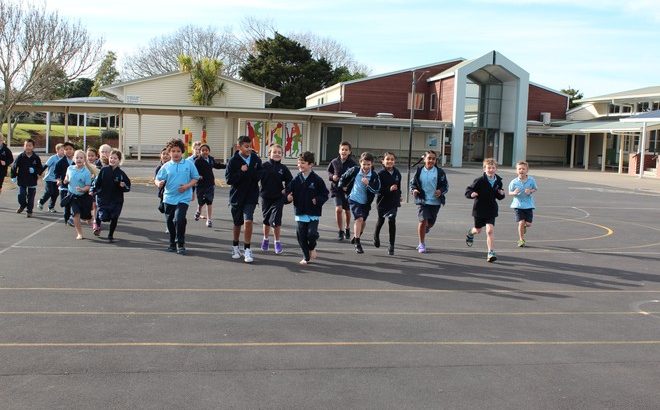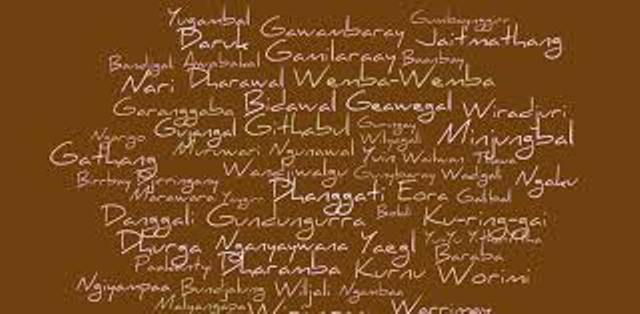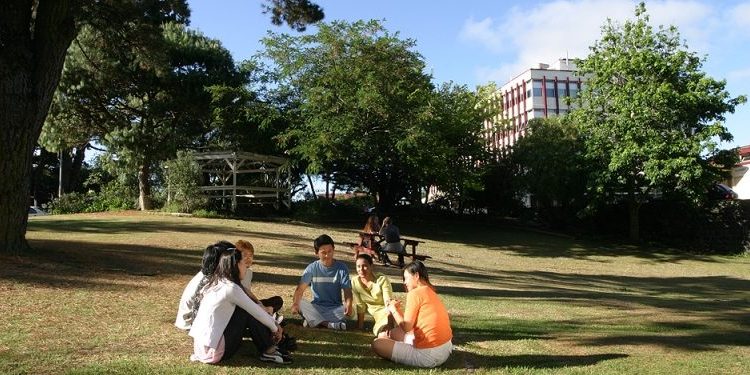Ministerio de Educación: Las escuelas tienen margen para diseñar su propio plan de estudios de cambio climático
Resumen:
Una respuesta del Ministerio de Educación a un (carta educación sobre el cambio climático en el programa de estudios que faltan Nueva Zelanda ), publicado el 22 de noviembre: El plan de estudios de Nueva Zelanda para las escuelas de Inglés medio-Te y Marautanga o Aotearoa para medio Māori es líder en el mundo. Estos dos documentos, que constituyen el plan de estudios nacional, toman como punto de partida una visión de nuestros jóvenes como aprendices de por vida que tienen confianza y creativo, conectado, y participan activamente.
A reply from the Education Ministry to a letter (Climate change education missing in New Zealand curriculum) published on November 22:
The New Zealand Curriculum for English-medium schools and Te Marautanga o Aotearoa for Māori medium are world leading.
These two documents, which make up the National Curriculum, take as their starting points a vision of our young people as lifelong learners who are confident and creative, connected, and actively involved.

Climate change is having a serious effect in the Antarctic.
They include a clear set of principles on which to base curriculum decision-making. They set out values that are to be encouraged, modelled, and explored. They define five key competencies that are critical to sustained learning and effective participation in society and that underline the emphasis on lifelong learne
But they are not prescriptive.
They set the direction for teaching and learning in New Zealand schools, but schools have the scope, flexibility, and authority they need to design and shape their local curriculum so that teaching and learning is meaningful and beneficial to their student communities.
This means that while every school curriculum must be clearly aligned with the direction of the National Curriculum, schools have considerable flexibility in how they implement their programmes.
So our schools and kura already have the option to include teaching and learning about climate change in their curriculum. In fact, we know that many are educating their students in this important area.
The principles underpinning our National Curriculum include supporting students to have a focus on issues such as ecological sustainability and globalisation. The theme of climate change can span a number of learning areas from Social Sciences to English, Science, Art or Technology.
Schools can look to incorporate teaching around climate change right across these learning areas. Many learning areas also allow students to research a highly significant current issue at a local, national and international level that engages them and prompts them into taking social action.
For some students their interest will lie in looking at climate change.
There are also opportunities for students to have their learning in this area recognised in NCEA credits through a number of the Education for Sustainability achievement standards.
Education for Sustainability empowers students to connect thinking and actions in ways that will lead to a sustainable future. One theme teachers can use is to look at globalisation to encourage students to examine global action against climate change.
Teachers know their students best. They know how best to engage them and how to inspire our Kiwi kids to become lifelong learners. That’s why the curriculum is not prescriptive. We recognise that subjects such as climate change are of great importance in our modern world. We also know that our schools do too and use their own judgements to frame what they teach about climate change around the curriculum.
As Matthew Schep says himself, many schools are already weaving comprehensive climate change education into their learning experiences.
Fuente:
http://www.stuff.co.nz/national/education/86814987/education-ministry-schools-have-scope-to-design-their-own-climate-change-curriculum
Fuente Imagen:
https://lh3.googleusercontent.com/5ggqIcFU0NUedfFG-pj3VpJvd4avIPhg2foU9dyZHJ1Q_kAWzCqCA5Fp65Jc6kvuGeo0Sg=s85













 Users Today : 16
Users Today : 16 Total Users : 35460399
Total Users : 35460399 Views Today : 34
Views Today : 34 Total views : 3419197
Total views : 3419197